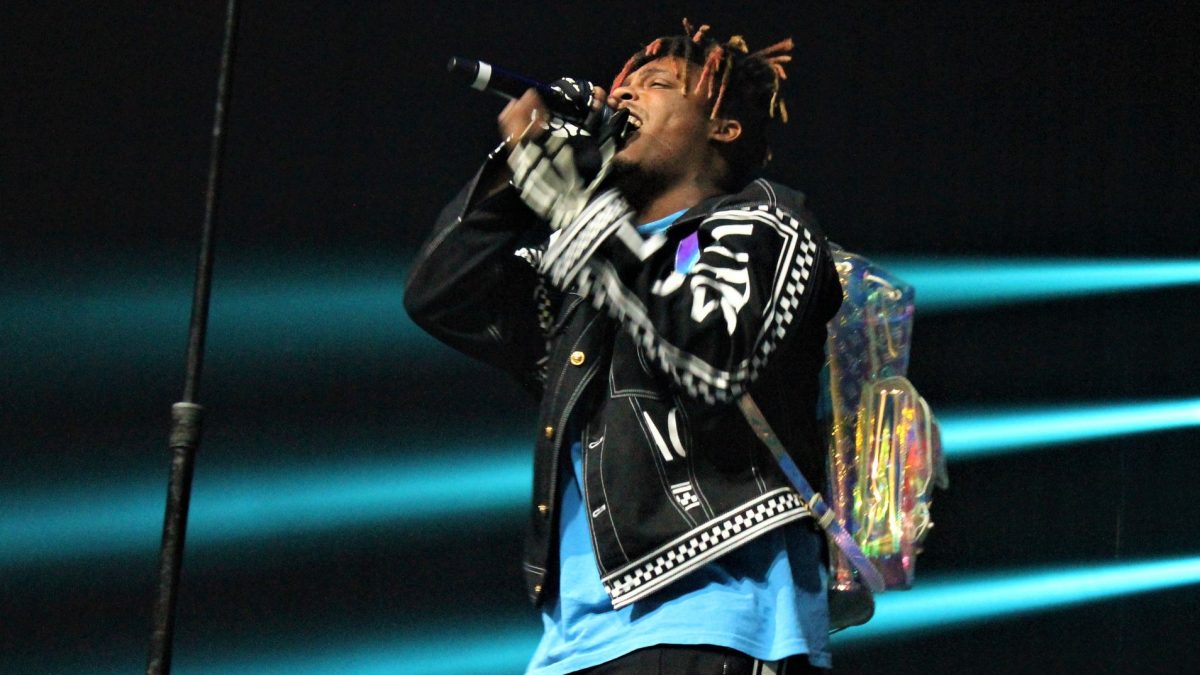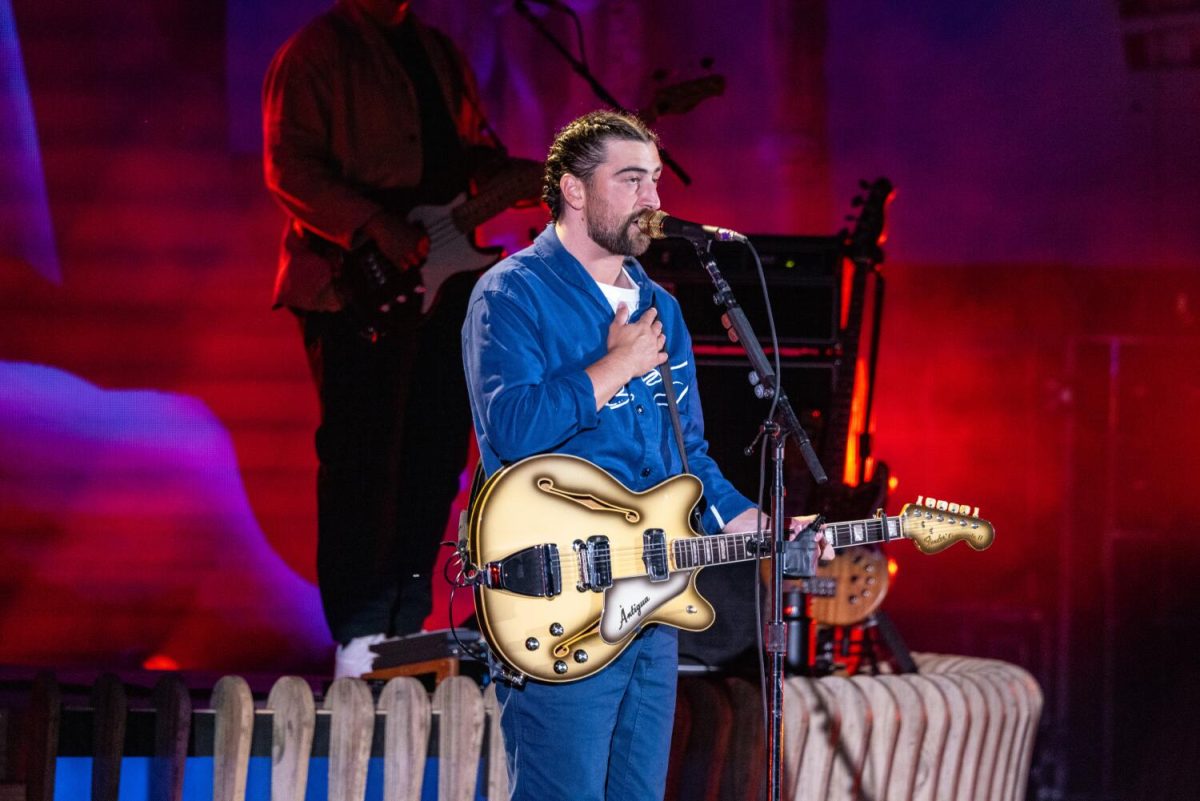
School shootings are a frequently depicted topic on television, often dramatizing the terror and hardships students and faculty face during a real shooting. While these episodes seem more plentiful now than ever, due to the increased rates of actual school shootings, violence on campus has been ingrained in popular culture for decades. Since the shooting at Columbine High School on April 20, 1999, mass shooting-themed works have surged in the media, regularly bringing awareness to the severity of such events.
“Glee,” “American Horror Story,” “Degrassi,” “13 Reasons Why,” “Criminal Minds,” “The Fosters” and “One Tree Hill” are just a few shows that have portrayed mass shootings in their plots. Most of them follow a bullied or mentally ill student, with plans of revenge on their peers. Oftentimes, viewers see their plans unfold, with the student killing others with a gun.
Not only do these shows extract strong emotions of fear and sympathy from viewers, many also highlight the importance of mental health awareness, gun reform and school safety, in attempts to reduce the baffling numbers of mass shootings the U.S. faces each year. According to the Gun Violence Archive, 340 mass shootings occurred in the U.S. in 2018.
Education Week, a news organization covering K-12 education and investigative stories, published an article in August 2018 entitled “The Pop Culture Fascination with School Shootings.” According to the article, “Some creators say that by addressing the violence of school shooting incidents, fictional works not only reflect the culture, but they also help society cope and make sense of what has happened.”
“The major motivation is that people who are creating drama in popular media such as television, film, and the novel are striving to reflect the culture we live in,” Robert J. Thompson, a professor of television and popular culture at Syracuse University S.I. Newhouse School of Public Communications said to Education Week. “These are an attempt to create stories about who we are.”
Jim Shepard is the author of a novel called Project X, which was published in 2004. The novel is about two middle school students, who are seen as outcasts and plot to shoot up their school. Shepard explained in an Aug. 2018 interview with Education Week that our nation’s fascination with mass shootings likely arose from viewers having little knowledge of the experience of actually going through one. He said that popular culture mediums often portray mass shooting-themed material to show that they “are more universal than young people think.”
However, students at MSD who had to live through a school shooting, have varying opinions on whether television accurately depicts what a mass shooting is like.
“I think the ‘Glee’ episode, in the sense of the fear it captures in the moment and like how everything was going normal before, depicted [a shooting] pretty well,” junior Sophia Cichetti said. “This particular episode raises awareness because it emphasizes that it’s not something you want to be in. It’s where you are fearing for your life to the point where you have to send messages to your loved ones saying goodbye.”
However, while many students can deeply relate to the worry experienced by characters in these shows, some feel that the media inaccurately represents mass shootings, by romanticizing them. For instance, when writers provide an entire back story for a shooter, they create empathy for that character. Some viewers may be inspired to perpetrate a similar massacre if they feel they relate to that character or envy them.
Take “American Horror Story,” for example. After producers spent half of a season elaborating on the back story of Tate Langdon (Evan Peters) and building up his love interest with Violet Harmon (Taissa Farmiga), it shocked viewers when he caused the death of 15 students, in the episode entitled “Piggy Piggy.”
“The problem with a lot of school shootings in media is that there has to be a story, there has to be theatrics,” senior Ariana Lopez said. “Because it’s a show, they have to elaborate and give [Tate] a back story, since it’s not entertaining enough to just have a shooter just be a guy who’s a terrible person, and that’s just our toxic culture. It’s boys who are allowed to do these things and because of that, they’re just sad, heartbroken little boys. I think that this would actually cause someone else to do this crime, because these people romanticize and idealize things that these people do by making it seem as if what they’re doing is something that will make you an idol, which is more damaging than anything.”
Another common critique in portraying mass shootings in the media, is that it often leads to more of them, creating a never-ending cycle of shooting after shooting. This may be due to the level of coverage the media will give a shooter across all of its platforms. After watching the news and viewing television shows, a person might wish for the same recognition gained from a criminal who committed a shooting.
“When we publicize school shootings, through media coverage or binge-worthy television, we normalize them and we talk about them,” Joshua A. Krisch, a health and science writer for Fatherly said in an article that he published on May 23, 2018. “And the more we talk about them, the more they happen. School shootings are contagious.”
Science supports this argument–that the presence of shootings in our popular culture helps to accelerate its occurrence. According to a 2015 analysis published in Plos One, an open access journal that presents research studies, data reveals an increase in the potential of another massacre for a period of two weeks after a mass violence incident.
The Pacific Standard, a magazine reporting on environmental and social issues, defends this “media contagion effect,” a phrase backed by researchers Jennifer Johnston and Andrew Joy, writing, “[Shooters] fixate on mass shootings as a way to ‘regain social capital’ through the fame they know the media will bestow upon them with non-stop coverage of their crimes.”
Since the media is often criticized for covering a shooter more than the actual victims, movements such as the No Notoriety Campaign have arisen to reduce the attention a shooter gains, while instead elevating the names and legacies of the victims. The campaign’s slogan, “No name. No photo. No notoriety,” claims that if the news enacts these reforms, then they can prevent the occurrence of future tragedies. Without potentially dangerous individuals longing for the recognition that they see murderers getting on television, the supporters of the No Notoriety Campaign believe that individuals are less likely to want to commit a mass shooting.
Another element of the media that receives criticism is the fact that news outlets only shows a portion of a community’s story. Students at MSD have witnessed this upsetting reality, realizing that just a few weeks after the Feb. 14, 2018 shooting, the press drifted away with their microphones and cameras.
“Like how the characters in TV shows go through a school shooting and tend to just move on with their lives in the next episode, the same does not go for students and teachers that face one in reality,” junior Alexandra Rozenblat said. “The sad reality that TV doesn’t depict is the burden that is left for months and years. TV shows and news channels do not show the things like the anxiety and trauma that we face.”
Because news channels often jump on crime-related stories, many viewers who have not faced the reality of a mass shooting become numb to the situation, according to Time and the Washington Post. This is why some propose the necessity for the media to follow a community after an incident of massacre, focusing on how victims are coping and healing, rather than fleeing the scene immediately after the initial trauma is over.
“Media could depict mass shootings better by showing how people recover,” Rozenblat said. “Another way that they can show a shooting in a more positive light could be to teach the public about mass shootings and how to take actions to prevent them.”
Although the media brings needed awareness to the severity of mass shootings, it is important for viewers to understand that these events are a reality that need to be addressed. These shootings are not just a topic discussed on television, they happen to anyone, anywhere and it is essential that we give them the holistic attention they demand.
This story was originally published in the April 2019 Eagle Eye print edition.






![[Review] ‘The Inheritance Games’ series warms readers’ hearts](https://eagleeye.news/wp-content/uploads/2025/01/Screen-Shot-2025-01-08-at-8.37.08-AM.png)


